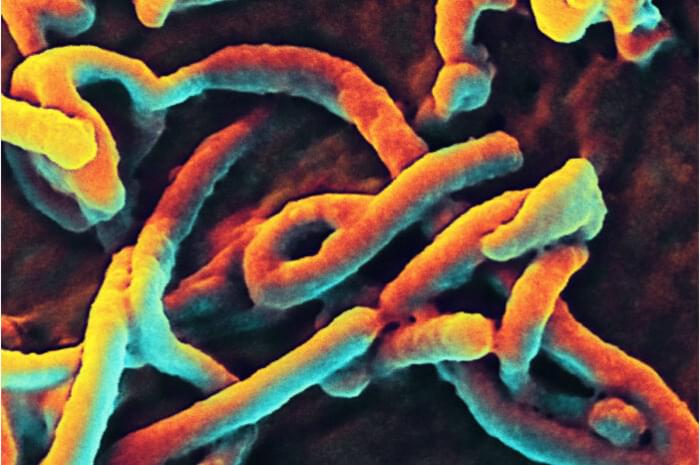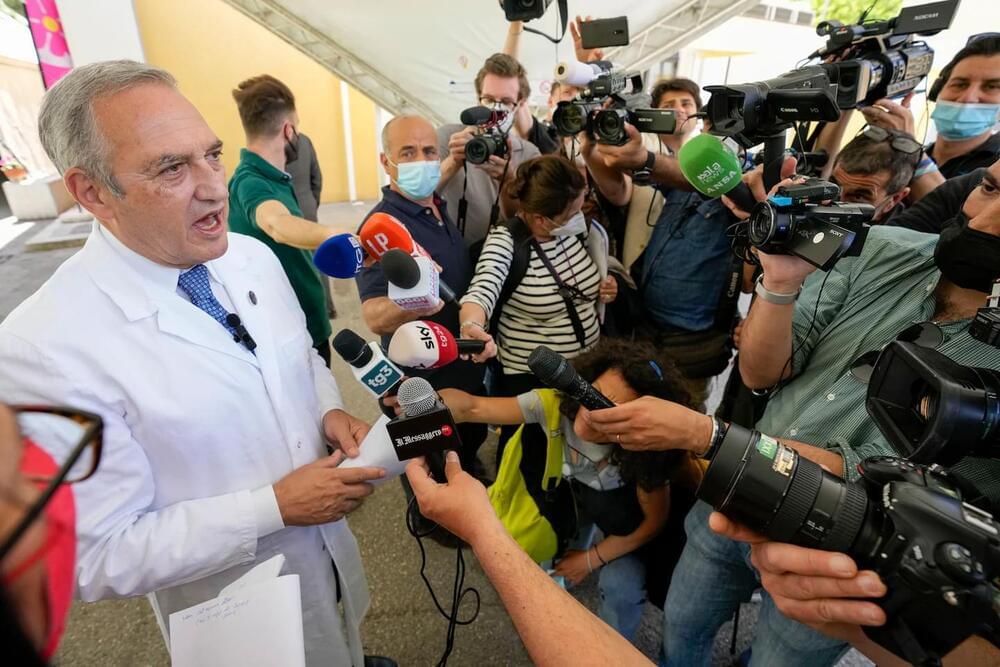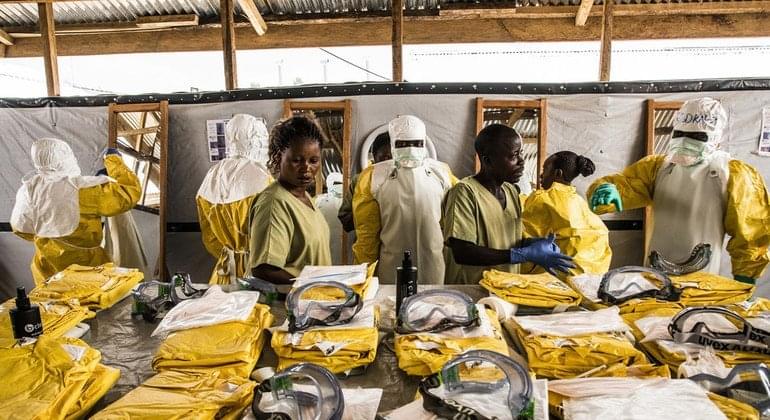Space is not a hospitable place. Radiation, zero gravity, and the vast distances between stops make interstellar travel look like a pipe dream right now, but they can be made more manageable with gene therapy. Along with obvious choices like follistatin to fight the loss of muscle mass, anti-aging gene therapies for telomerase induction, and Klotho expression can promote overall health. Keeping the crew healthy is essential when the nearest hospital could be billions of miles away.
In a statement to Astronomy Magazine, Dr João Pedro de Magalhães said “this roadmap sets the stage for enhancing human biology beyond our natural limits in ways that will confer not only longevity and disease resistance but will be essential for future space exploration.” There’s a big overlap between the genes needed to keep people healthy on earth and the genes needed to keep them safe in space.
There are a vast array of genes that will likely prove helpful to making long space voyages safe and comfortable. A vector, like BioViva’s CMV, will be needed to deliver the substantial genetic payloads astronauts will want to take with them into space.








